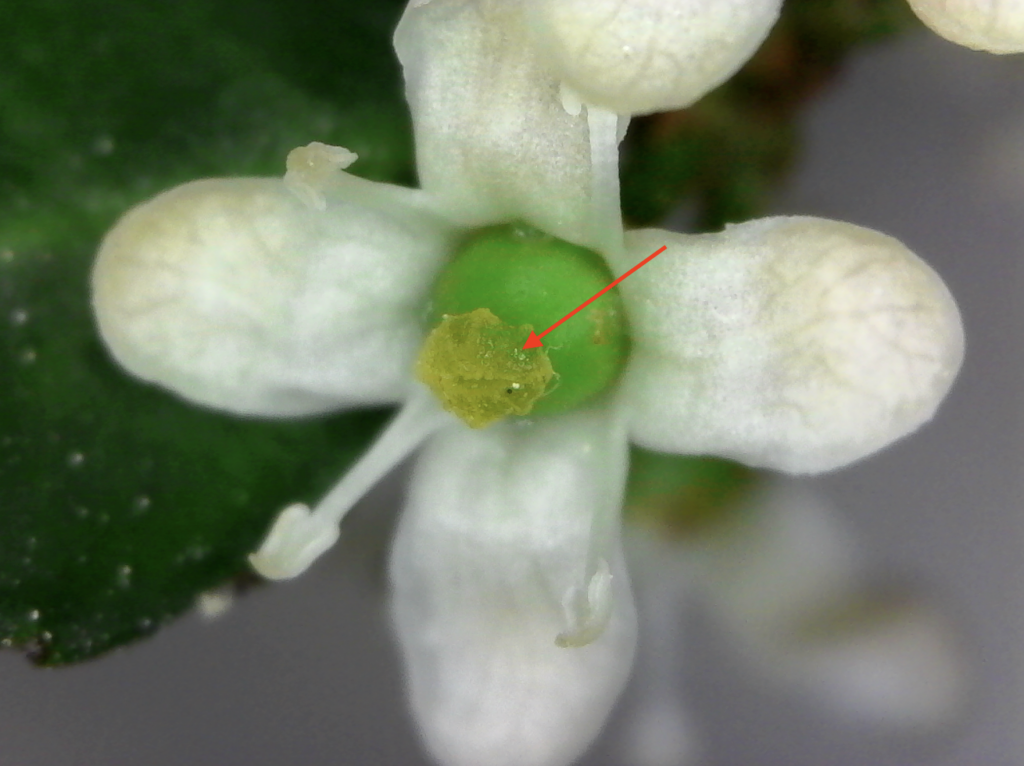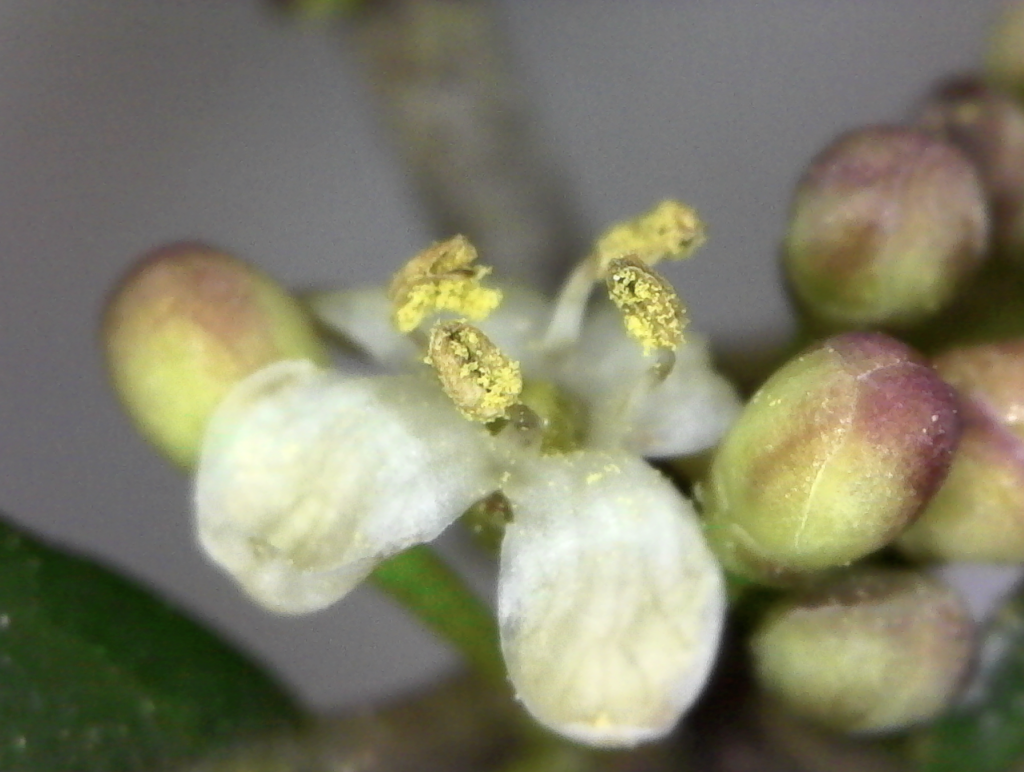Holly Flowers
go.ncsu.edu/readext?929283
en Español / em Português
El inglés es el idioma de control de esta página. En la medida en que haya algún conflicto entre la traducción al inglés y la traducción, el inglés prevalece.
Al hacer clic en el enlace de traducción se activa un servicio de traducción gratuito para convertir la página al español. Al igual que con cualquier traducción por Internet, la conversión no es sensible al contexto y puede que no traduzca el texto en su significado original. NC State Extension no garantiza la exactitud del texto traducido. Por favor, tenga en cuenta que algunas aplicaciones y/o servicios pueden no funcionar como se espera cuando se traducen.
Português
Inglês é o idioma de controle desta página. Na medida que haja algum conflito entre o texto original em Inglês e a tradução, o Inglês prevalece.
Ao clicar no link de tradução, um serviço gratuito de tradução será ativado para converter a página para o Português. Como em qualquer tradução pela internet, a conversão não é sensivel ao contexto e pode não ocorrer a tradução para o significado orginal. O serviço de Extensão da Carolina do Norte (NC State Extension) não garante a exatidão do texto traduzido. Por favor, observe que algumas funções ou serviços podem não funcionar como esperado após a tradução.
English
English is the controlling language of this page. To the extent there is any conflict between the English text and the translation, English controls.
Clicking on the translation link activates a free translation service to convert the page to Spanish. As with any Internet translation, the conversion is not context-sensitive and may not translate the text to its original meaning. NC State Extension does not guarantee the accuracy of the translated text. Please note that some applications and/or services may not function as expected when translated.
Collapse ▲A variety of holly species have been flowering for a few weeks now, which explains the large numbers of bees we see hovering around holly trees and shrubs. Once in a great while we receive questions about getting rid of the bees (i.e. spraying the bees) but this is something we would never advise doing. The bees are interested in the flowers, not people, and when the hollies stop flowering the bees will go elsewhere. Holly flowers have some unique characteristics, as described below.
Pictured above is the female (pistillate) flower of a yaupon holly (Ilex vomitoria) in March. The holly genus is dioecious, meaning female and male (staminate) flowers occur on separate plants. This image features the distinctive stigma typical of female holly flowers; the stigma sits directly on the ovary, without the typical stalk or style that usually connects the stigma and ovary. As described by Fred C. Galle in Hollies – The Genus Ilex, “The anthers of a pistillate flower are aborted and sterile. They are small and not fully developed … “. Four anthers, borne on filaments, can be seen in the background.
Pictured above is a staminate yaupon holly flower. Two of four anthers, covered in pollen, can be clearly seen in the foreground. Galle notes that pistils are present in staminate holly flowers, but are rudimentary and non-functional.





